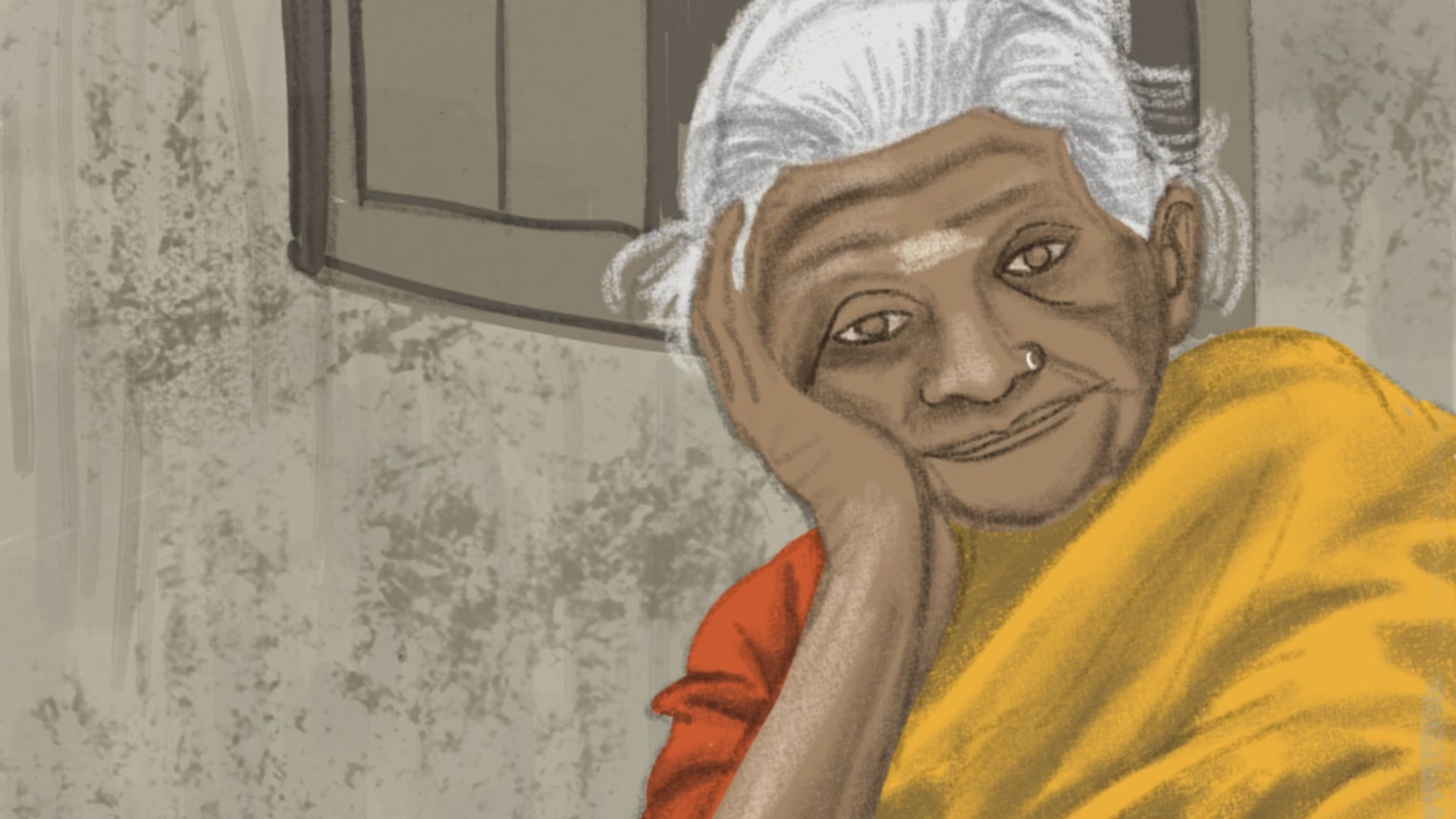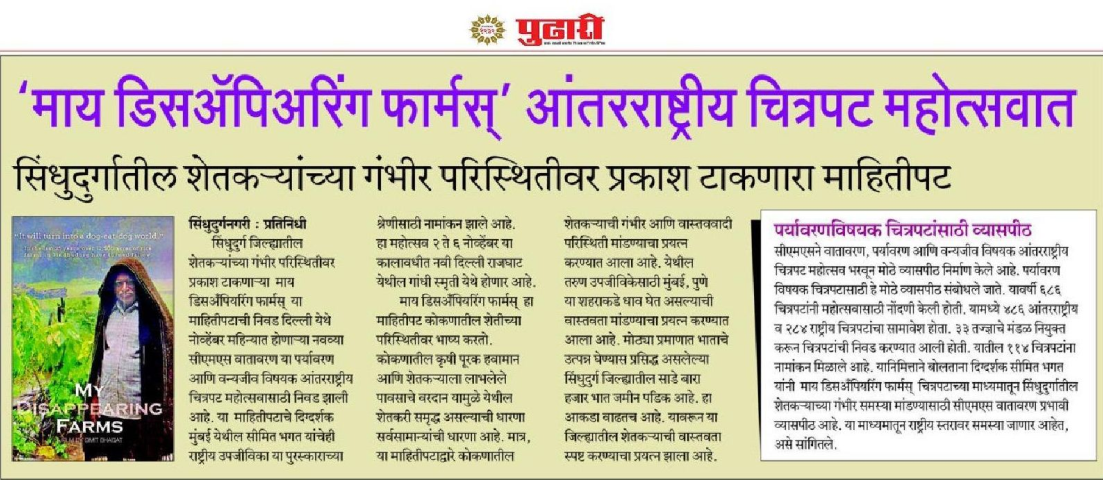On a quiet morning in Copenhagen, Ole Kassow watched an elderly man sitting alone by the roadside. The city hummed with cyclists rushing to work, but this man seemed lost in thought, his eyes following every passing bike. Ole wondered if the man once rode those same streets in his youth—if he remembered the feeling of the wind in his hair.
This small observation turned into a question that would reshape how we see ageing: What happens when we invite seniors to share their stories? In a world where 1 in 4 older people experiences social isolation, according to the World Health Organization, non-profits are stepping up to bring seniors’ voices back to the centre.
So how can non-profits do it? How can they use storytelling not just as a tool, but as a lifeline—bringing dignity, connection, and meaning back to those who carried us here?
1. Creating Safe Spaces for Shared Memories
One powerful way to bring seniors’ stories forward is by creating spaces that feel like home. Spaces where every story is welcome—no matter how small or how long ago.
Addaghar in Guwahati, India, does this beautifully. Founded by Meenaxi Barkotoki, Addaghar is a warm, inviting space where seniors gather twice a week to talk, laugh, and share memories over tea. This isn’t just a club—it’s a sanctuary that replaces the quiet loneliness of empty rooms with conversation and companionship.
Addaghar is a sanctuary that replaces the quiet loneliness of empty rooms with conversation and companionship.
Addaghar’s approach is simple: offer a room, a cup of tea, and a listening ear. During the pandemic, the seniors themselves reached out to Meenaxi, urging her to reopen. Their laughter and memories were too precious to lose. In this shared space, seniors feel seen again—like part of a living, breathing community that values their stories.
This kind of storytelling isn’t flashy or expensive. It’s about presence. It’s about honouring the everyday details of a life well lived. And it’s a model any non-profit can adapt, no matter the scale or budget.
2. Turning Everyday Experiences into Living Stories
Another way non-profits are using storytelling to reach the elderly is by turning familiar activities into shared journeys of memory and conversation.
Cycling Without Age, founded in 2012 in Denmark, brings this idea to life with trishaw rides that take seniors out of care homes and back into the world. Pilots pedal slowly through old neighbourhoods, and seniors share the stories that live in every street corner and café.
Cycling Without Age brings the idea of taking seniors out of care homes and back into the world to life.
The impact of these rides is well-documented. A 2018 study in Spain reported that seniors “felt more motivated and happy” after rides. In Singapore, a 2019 study found an 60% improvement in mood and outlook after just five trips. These aren’t just rides—they’re journeys into memory, powered by conversation and connection.
Moreover, Cycling Without Age shows that you don’t need big budgets to create big impact. By turning everyday experiences—like a gentle ride down a familiar road—into storytelling opportunities, non-profits can make seniors feel like the protagonists of their own lives again.
3. Using Letters to Bridge Distances and Loneliness
In a world that often moves too fast for handwritten notes, the simple act of sending a letter can feel revolutionary. That’s exactly what Love For Our Elders in the United States is doing—bridging gaps of distance and isolation with the gentle power of words.
Founded by Jacob Cramer in 2013, this initiative has sent over 750,000 handwritten letters to seniors worldwide. Each letter carries more than ink—it carries the message that someone out there cares.
Each letter carries more than ink—it carries the message that someone out there cares.
During the COVID-19 pandemic, when physical visits were impossible, these letters became windows to the outside world. Seniors said the letters brought them hope and comfort, showing that even small gestures can break through walls of loneliness.
For non-profits, this approach is a reminder that connection doesn’t always need grand gestures. A pen, paper, and a few kind words can rekindle the joy of being remembered.
4. Turning Pain into Purpose through Advocacy
Some stories are hard to hear, but sharing them can be the first step towards healing and change. Non-profits like HelpAge India are using storytelling to highlight the harsh reality of elder abuse and neglect.
Their campaign, #MainBhiHoon, features the voices of elderly women who have been overlooked and mistreated, reminding us all that they deserve respect and care.
HelpAge India’s #MainBhiHoon campaign features the voices of elderly women who have been overlooked and mistreated.
In 2018, a HelpAge India intern shared on Instagram the story of a mother who was pushed from a rooftop by her son, simply because she was a dependent. This shocking story reached thousands of young people and sparked real conversations about the need for compassion and advocacy.
By amplifying these stories, HelpAge India doesn’t just raise awareness—it empowers seniors to speak up and encourages young people to listen. In doing so, they turn painful stories into powerful calls for change, ensuring no senior feels invisible again.
5. Using Movement and Music to Unlock Stories
Not all stories are told in words. Some live in dance, laughter, and song. In Minnesota, Kairos Alive! blends dance and storytelling to help the elderly reconnect with their bodies and memories.
Their intergenerational dance halls invite seniors, children, and caregivers to move together—turning a quiet care home into a space filled with music and memory.
Not all stories are told in words. Some live in dance, laughter, and song.
A study by St. Catherine University found that these dance sessions improved seniors’ balance and memory—no small feat for frail residents. But beyond numbers, it’s the joy that matters most. In every shared step, seniors reclaim not just their stories, but their sense of self.
Stories That Build Bridges Across Generations
These five approaches show that storytelling isn’t just a tool—it’s a bridge. A way to bring seniors out of the shadows of loneliness and back into the warmth of connection.
Moreover, each organisation proves that you don’t need big budgets or fancy technology to bring these stories to life. All it takes is a little patience, a little creativity, and a willingness to listen.
So, if you’re passionate about building a world where every senior feels heard and valued, ask yourself: how can you create these bridges in your own community?
And if you’d like to learn more about how stories can shape a kinder world, subscribe to our newsletter for real-life examples, research, and tips to put storytelling into action.











